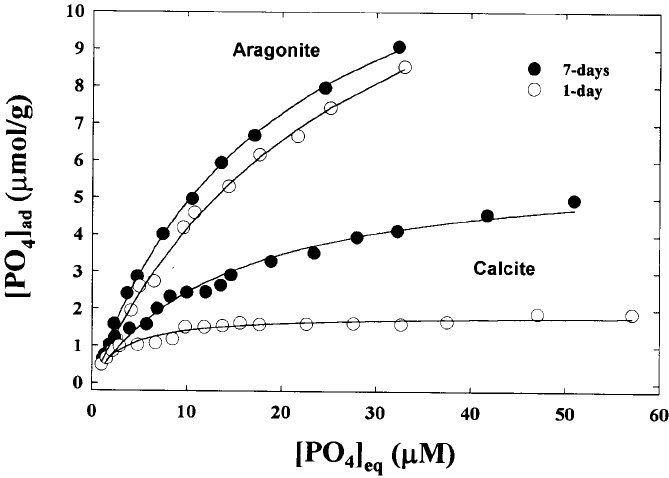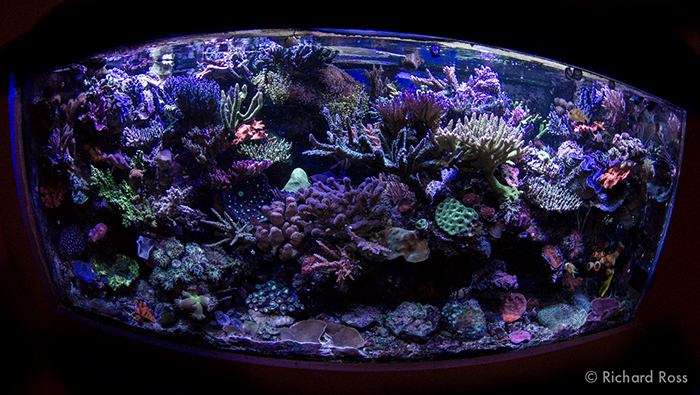Interested to know exactly what this all means. Is this happening because its being used by algae and or bacteria as it attaches to surface areas? Is rock and substrate actually "absorbing" phosphates or a little of all of the above?
I'm asking mainly because I've been cleaning my rock pretty vigorously lately and I'm seeing dramatic reduction in phosphates every time I do it. Simple scrub with brush and rinse in tub with tap water.
Great success stories are being reported with the use of lanthanum chloride reducing phosphates. Ive personally nearly stripped my system of phosphates using chemipure elite.
Are these chemicals basicly doing the same thing and pulling phosphates from surface level or from inside rock or am I totally off here?
I'm asking mainly because I've been cleaning my rock pretty vigorously lately and I'm seeing dramatic reduction in phosphates every time I do it. Simple scrub with brush and rinse in tub with tap water.
Great success stories are being reported with the use of lanthanum chloride reducing phosphates. Ive personally nearly stripped my system of phosphates using chemipure elite.
Are these chemicals basicly doing the same thing and pulling phosphates from surface level or from inside rock or am I totally off here?




















